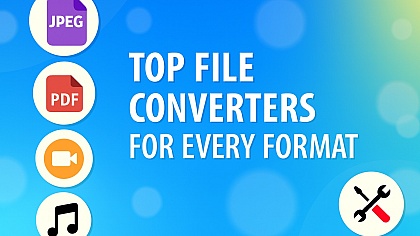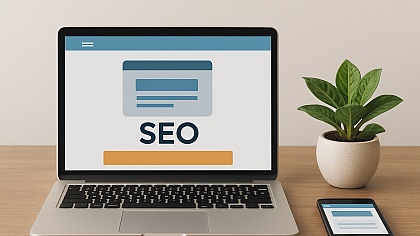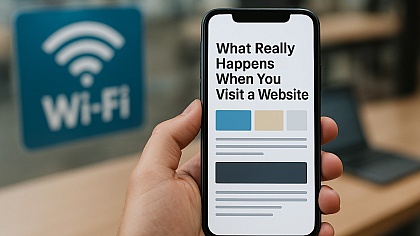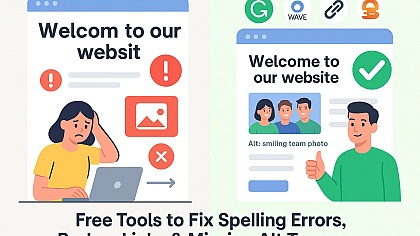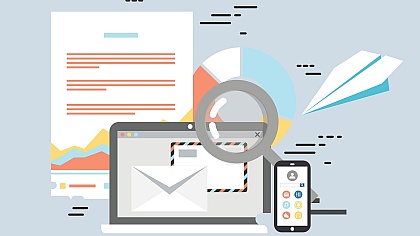
7 Tips on Starting a Website and What Is Most Important
Each business that seeks to interact with its customers must have an online presence, particularly a website. A quality website enables you to expand your online presence by linking you with a larger audience, whether it is your blog or business. To enhance your social media engagement, you might consider services that help you get Facebook views.
Starting a web design project is sometimes daunting. There are several moving elements, and customers frequently demand excellent quality. A good website combines high-performing content with an outstanding user experience to ensure that your design exceeds expectations, as 94% of first impressions come from your site's design.
A website's design genuinely excels when it contributes to its functionality and user experience and suitably complements its content. With the various website design tools accessible, creating a website is simple. If you want to start your online store, it is now easier than ever.
A fantastic website will be one of the most efficient and cost-effective marketing strategies available when it comes to branding. A quality website will serve as a branding tool, a retail platform, a talent showcase, a communication medium, and a marketing tool all at once. It gives you and your company access to the globe and a unique platform from which to do almost anything.
Let us walk you through seven essential tips to keep in mind on starting a website and make it easy for your prospective customers to search and use, regardless of your chosen software.
1. Optimise your website
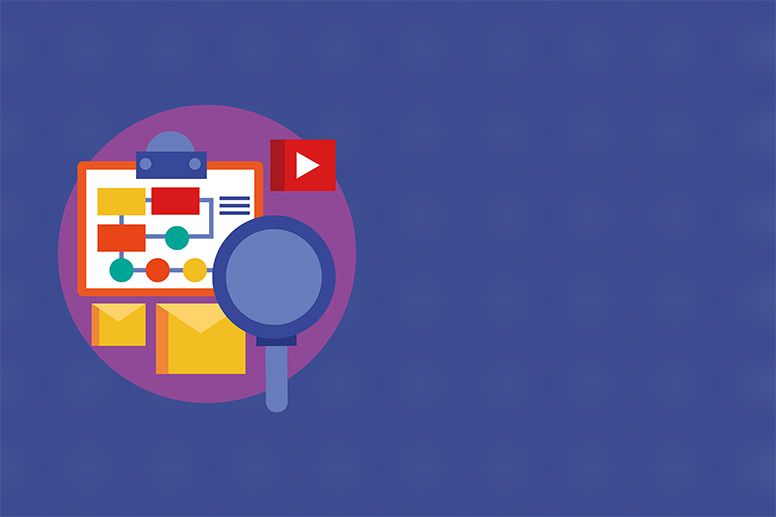
While having a website for your business increases your organization's credibility, showcases your brand, increases leads, and enhances the chance of appearing in Google search results, among other things—website optimization is the practice of using knowledge, tools, and strategies to improve the performance of your website and help it in ranking higher on search engines.
The objective of website optimisation, which is an essential component of developing any modern digital marketing plan, is to enhance website traffic, conversion rates, and, eventually, revenue.
Using website optimisation tools is crucial for marketers and website owners to successfully and efficiently interact with their target market without spending money on advertisements. The tools to optimise your website include:
1. Landing page optimisation (LPO) tools
2. Page speed optimisation tools
3. Conversion rate optimisation (CRO) tools
4. Search engine optimisation (SEO) tools
5. User experience (UX) optimisation tools
6. Mobile usability tools
When your website is optimised correctly, it works around the clock to link you with people who have been searching for you online. Due to the rise of online shopping, the success of your business now depends on how strong your e-commerce website is. As a result, you must ensure that people want to click through, check out what you have to offer, and make a purchase.
2. Prioritise website usability

Potential consumers will want to visit your website, but you must also provide them with a good browsing experience to keep them there. Your consumers' demands are met and your objectives are achieved through the UX, which links users with your brand.
Designers must construct a user experience and navigation that is only focused on the information that their audience needs to know to make a subscription-based purchase, to convert visitors into customers.
It is the responsibility of your UX designer to effectively express the what and why of UX design decisions because only some members of your team will have an in-depth understanding of UX design. Hiring a UX designer will help you create a website that is helpful, thorough, and satisfying—as a result, audience engagement, conversions, and income will all rise.
User experience is significant since it seeks to meet the user's needs and aims to deliver good experiences that keep a user loyal to the product or business. A meaningful user experience will allow you to specify your customer journeys on your product that are most beneficial to commercial achievement.
3. Choose a reputable hosting provider
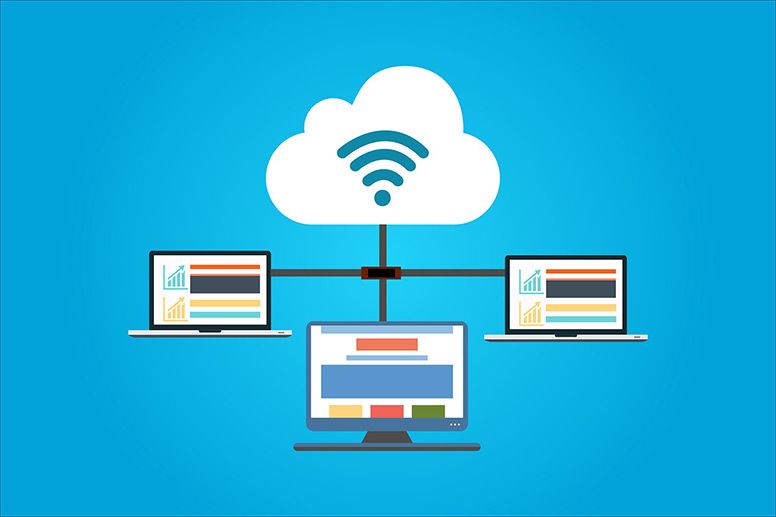
Choose the right kind of web host for your requirements before selecting a hosting provider. You must pick a hosting company with a solid reputation when it comes to hosting your small business website. You need to confirm that the business has excellent customer service to assist you with any issues or queries you may have.
Reading reviews and learning about the benefits and drawbacks of each web hosting provider is the best method to select the one for your needs. After you've chosen a hosting that works for you, go through the available plans. In the end, the kind of website you wish to create will determine the web hosting package you select.
Some budget-friendly hosting plans provide shared hosting plans with prices starting from inexpensive. Also, when you set up a hosting account with them, some of these plans provide you with free domain name registration.
Consider the kind of website you're building when you search for a web host, and don't forget to look for the features listed below:
1. Complimentary domain name—Hosting providers provide plans that include a title for free, at least for the first year, so the cost of creating a website will be reduced initially.
2. Great bandwidth—Choosing limitless bandwidth will enable your website to handle high traffic at all times.
3. Security—Examine the integrated security features, such as automatic backups and an SSL certificate.
4. Support—Most web hosting providers offer their own unique set of assistance through live chat or email. When choosing a web host, be sure they offer you dependable service around the clock.
4. Keep your design simple
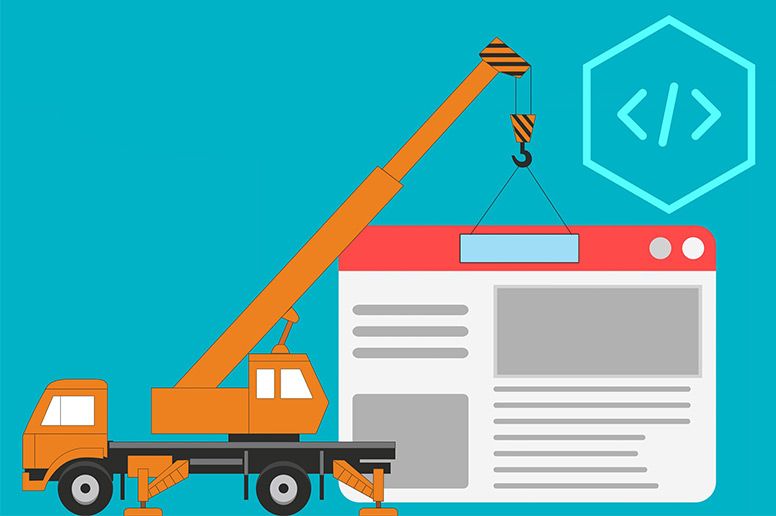
Some elements will reduce the value and message you're attempting to communicate on your website. Minimise the usage of fonts, colours, and GIFs since these elements will draw attention away from the website's main emphasis and be distracting, particularly when it comes to mobile responsiveness, which is a crucial element in how Google ranks websites in its algorithm. Short paragraphs and bullet points make the material more scannable and likely to be read.
You must make it crystal clear to your users what they will learn on the page they are seeing, and your web design must not distract from this, as the average audience only has an attention span of eight seconds.
Choose where you want people to focus when they land on the page and what must appear in which sequence so that the page flows seamlessly. Your font styles, colours, graphics, iconography, and brand usage need to be specified in the design. Without it, brands will find it difficult to develop sites.
It's crucial to stay away from overusing on-page animations or interactions. It will be overwhelming and keep someone from reading what is on the page if they scroll across a page and see every button flashing or a group of symbols with their motion.
5. Have a call to action

Your website must include calls to action on each page. You must issue a call to action to them. Calls to action are quick and easy strategies to increase conversions and eventually increase revenue since they motivate site visitors to act rather than just read and leave.
The primary purpose of the landing pages is to persuade visitors to do a specific action, including calling your business, signing up for a service, purchasing something, downloading a whitepaper, or carrying out another task that advances your company's objectives. The primary task of adding clear and simple CTAs to your website has several advantages for your business.
6. Include social media integration
![]()
Integration of social media into your marketing strategy aids in expanding the reach and visibility of your business, promotes website interaction and aids in growing your social media following.
Some approaches to incorporating social media are listed below:
1. Add a Twitter follow button on your website so that people will follow you without leaving
2. Your followers will view your blog entries by having them automatically published to your social media platforms.
3. Add a Facebook like button for visitors to like your website and blog articles on Facebook.
The most important part of a website is to:
7. Prioritise the content

The most crucial component of any website is content—keep content in mind since it influences engagement, which affects action. The worst thing you will be able to do as a web designer is to prioritise aesthetics over functionality. The objective of any marketing expert who creates websites must always be to establish an online resource for users. Regardless of the nature of your business or organisation, you must aim to empower rather than merely sell to your visitors.
Be sure to incorporate the following elements in your content to demonstrate to readers that you value their interests and want them to return:
1. Product manuals, sales papers, user manuals, etc.
2. Detailed product support information
3. A responsive technical support section
4. Comprehensive product descriptions
5. Easily accessible contact details
Getting started on building a website
Building a website enhances personal and professional branding online. By using these tips, you'll see a significant improvement in your website's functionality, user experience, conversion rates, and sales.
